All eyes on the road ahead for Vietnam’s capital following news Hanoi will be required to ban gas-powered motorbikes in its city center by 1 July 2026 to tackle its pollution crisis.
For a city powered by platform drivers and a population of more than 8.5 million residents, the roadmap for implementation over the next 11 months will be determinative of how their material reality changes. Picture that narrow maze of the Hanoi Old Quarter’s 36 tightly woven streets – silent, fumeless, perhaps breathable.
Reactions from the ground have been swift and immediate. While officials have been talking of the transition away from gasoline-powered motorbikes since at least 2017, the issuance of Directive No. 20 means the time has now come for a hard look at what that looks like in reality.
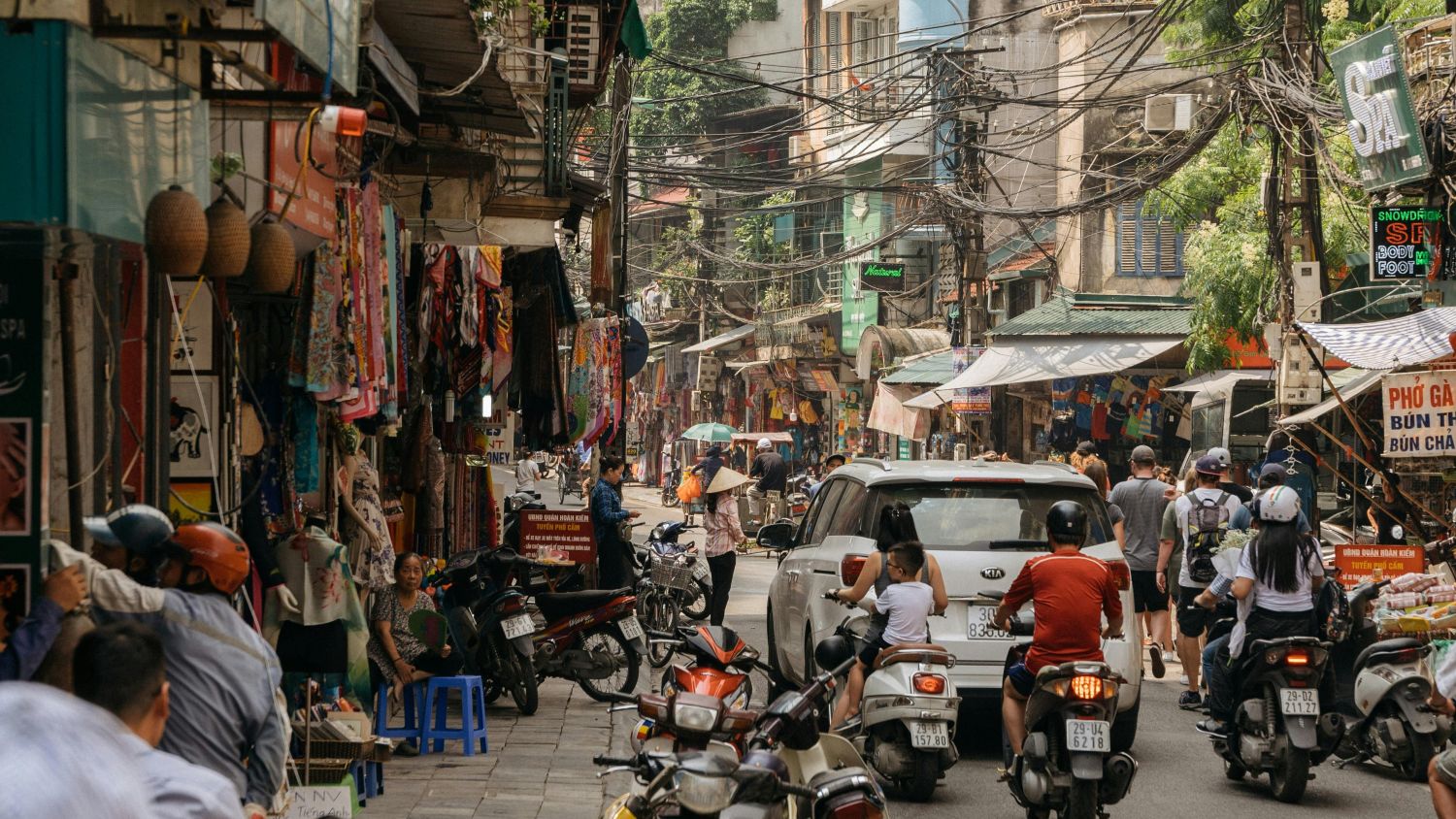
Global lessons, applied locally
The Hanoi administration’s “adapt from abroad” approach to domestic policy development has been praised by friends of Vietnam in the same breath that speculation over its ability to successfully implement surface.
Directive No. 20 takes a phased approach to the gas-powered motorcycle ban, beginning with inner city Ring Road 1 in 2026 and expanding outwards to subsequent belt roads in 2028. A separate section of the document details orders for the fast-tracked development and scaling of Low-Emission Zones across the city which had initially been approved for piloting in the Hoan Kiem and Ba Dinh districts across 2025-2030 by the Hanoi People’s Council late last year.
This two-pronged approach, supplemented by the re-allocation of local budgets to invest in public transportation and electric charging infrastructure, is reminiscent of policy settings tried and tested elsewhere across the world.
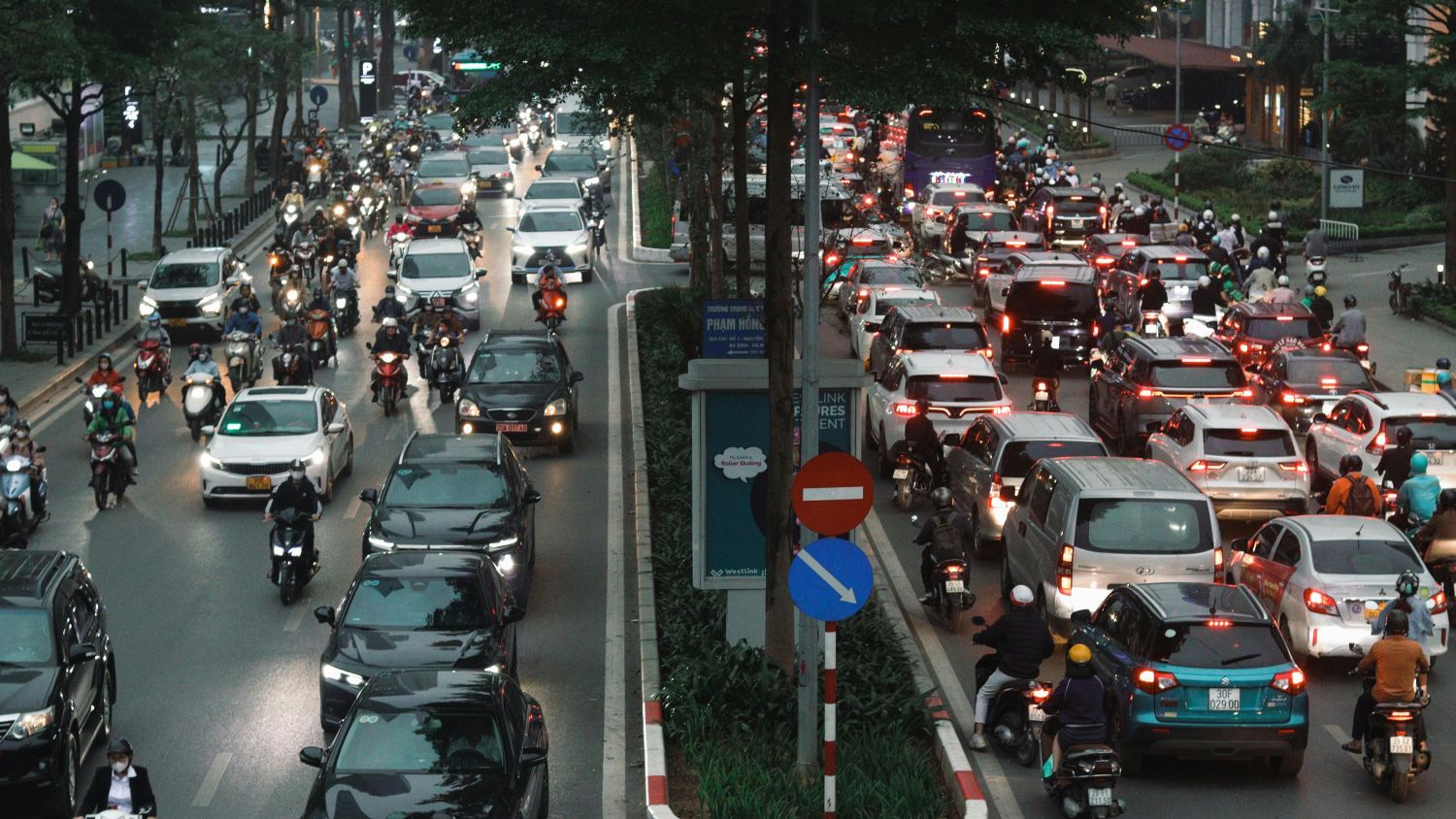
Outright motorbike bans in China’s central Beijing in 1985 are commonly cited as the successful case study for the merits of swift and decisive action in reforming local transportation habits.
Meanwhile, the adoption of “low-emission zones” (LEZ) recalls the softer preference for economic disincentives utilized by Europe. Local media reports LEZs are now in force in 320 European cities and major Asian capitals such as Beijing, Seoul and Jakarta.
For Hanoi, standing as the highest population density city in Vietnam with a headcount of nearly 2,555 people per square kilometer, the application of these “lessons from abroad” will require custom-fit tailoring to accommodate the unique challenges presented by its population density, motorcycle dependence, and infrastructure gaps.
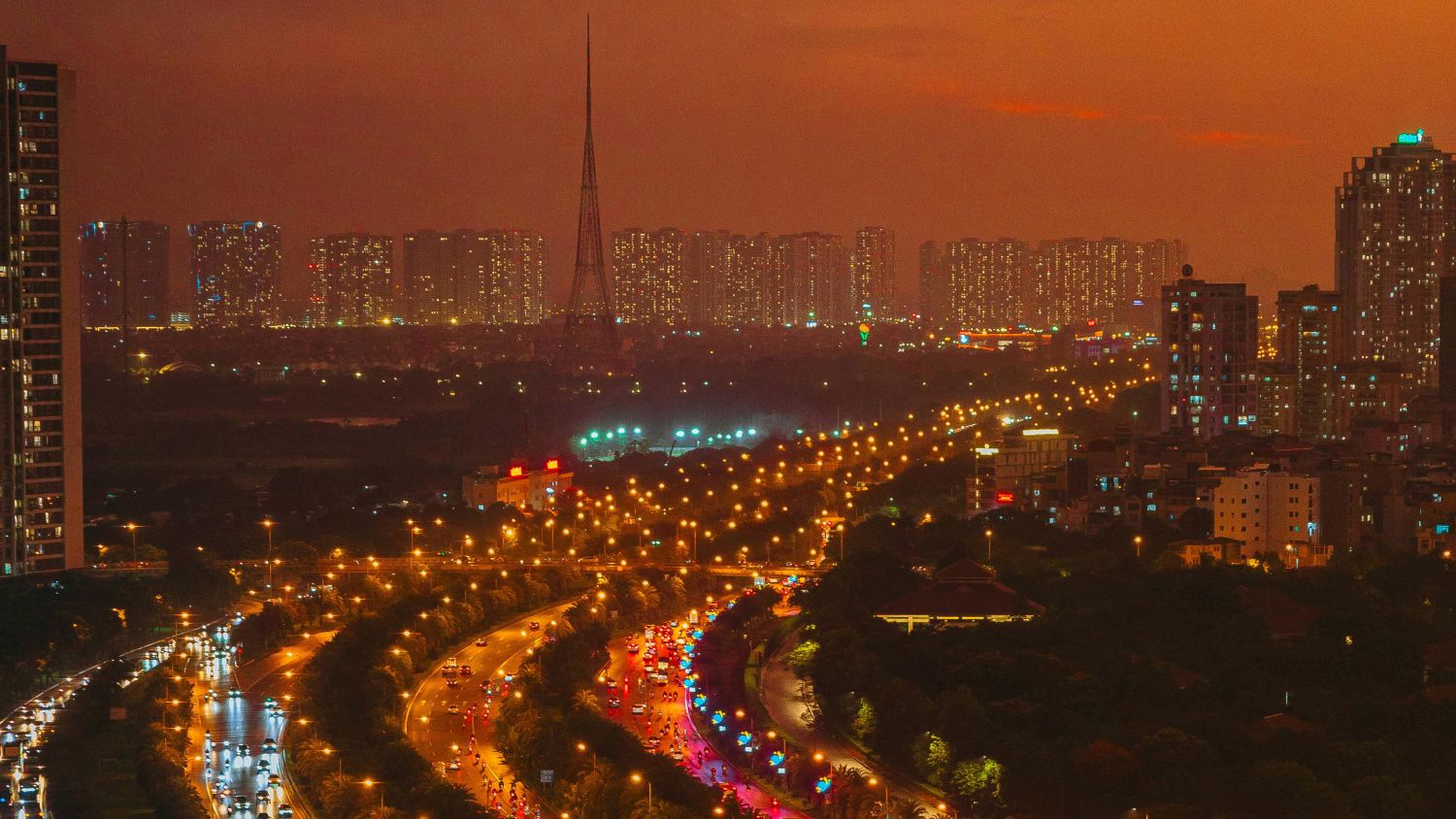
Reactions from the ground
In the wake of the July 12 announcement, local media headlines abounded with initial questions on the feasibility of the timeline. VnExpress suggested early on the proposal had gained majority public backing despite its challenges, a view which seemed to oppose the weigh-in of many punters online. Hanoi Times reported government plans to buy back 450,000 gas motorbikes in the city’s downtown areas, to which Vietnam Net responded by asking where the millions of gas-powered vehicles to be phased out would go. Analysts pondered whether the staggered Ring Road approach would lead to “gas bike dumping” in the city’s outskirts and rural areas, triggering secondary environmental waste concerns.
All acknowledged implementation would be an uphill battle.
This headline from SGGP seems to aptly capture the current moment: Declaration No. 20 is “correct policy in need of effective solutions.”
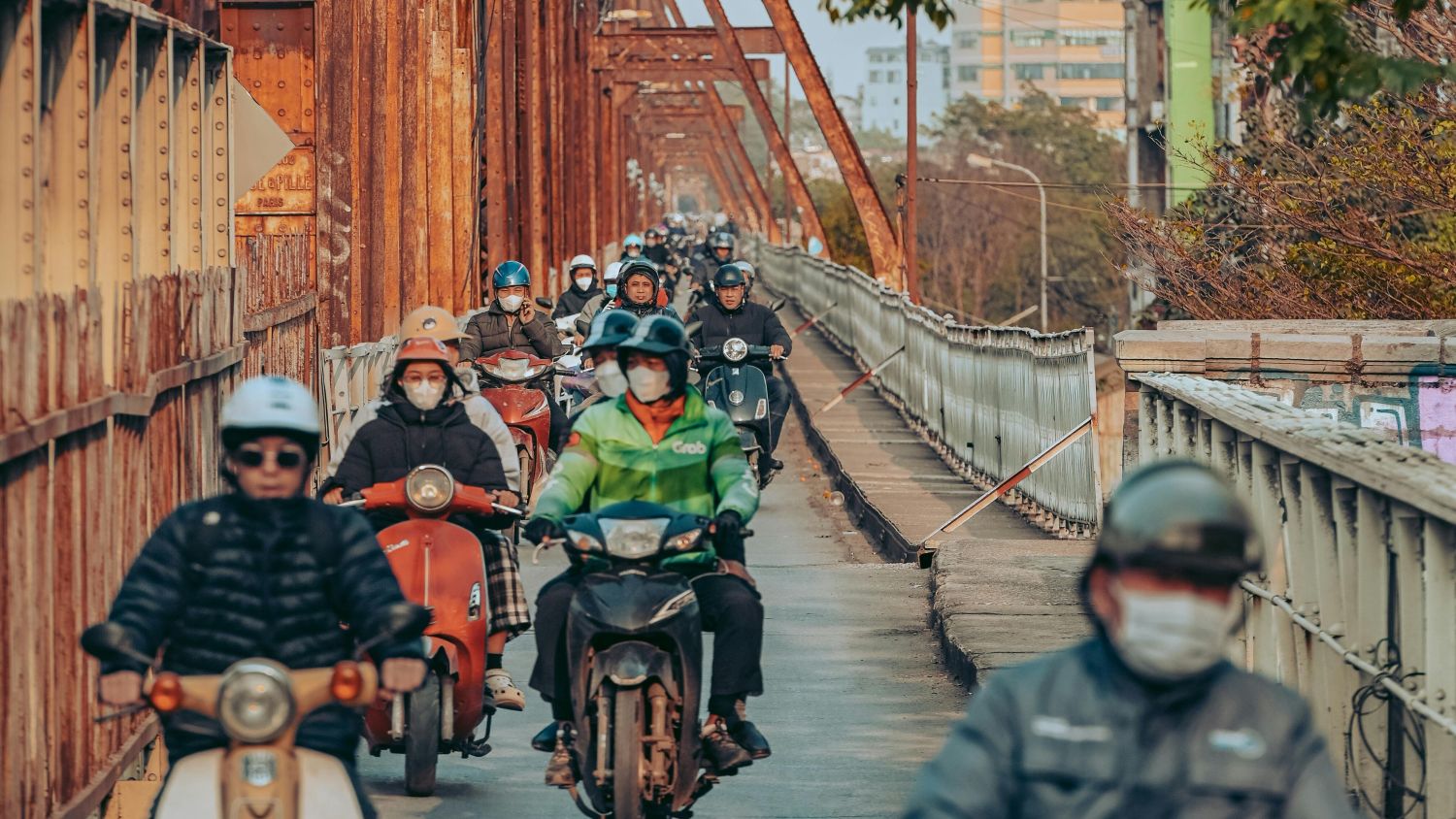
Incentives and support being offered
Hanoi’s Department of Construction is reportedly in the public consultation phase on a draft resolution outlining guidelines and fiscal support for the implementation of Directive No. 20, due to be reviewed at a city and municipal committee meeting next month. If adopted, residents living through the changes are reportedly due to benefit from several incentives.
Vehicle swap cash incentives
Financial support in the form of one-off cash subsidies could be offered on a one-motorbike-per-person basis until the end of 2030:
- Individuals who trade in gas-powered motorbikes for electric vehicles valued at VND 15 million (US $570) or more eligible for up to VND 3 million (USD $115) in cash support;
- "Near-poor" households offered a higher VND 4 million (USD $152) in cash support.
Registration and license plate fees
The Saigon Times reports Hanoi is considering a full waiver of registration fees and license plate charges for all “green vehicles”, effective until the end of 2030.
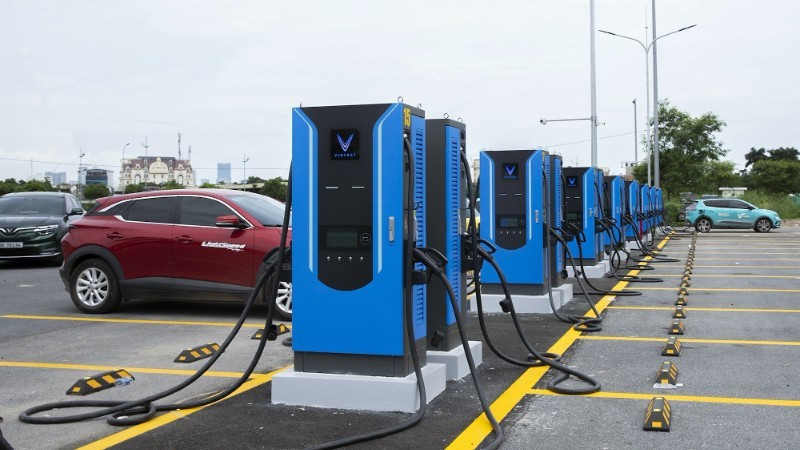
Charging infrastructure and project development costs
From a planning and development perspective, the current proposal addresses charging infrastructure gaps by requiring the inclusion or retrofitting to enable charging stations in:
- At least 10 per cent of parking spaces allocated in existing buildings;
- At least 30 per cent of parking spaces to be equipped in new developments.
The Hanoi Times also reports a suite of government-backed subsidies on bank loan interest, land clearance costs, and land rent exemptions could be available for public charging infrastructure projects.
Overall, it’s an incentive mix which blends the urgency of China’s “hard ban” mentality with the softer economic incentives of Europe’s LEZs: nominal cash support for local residents and policy movement in finance which signal the direction the private sector needs to move in if Vietnam is to make the government’s ambitions reality.
Still, a public sentiment survey by local outlet VnExpress reported that only 18 per cent of the 13,000 surveyed were confident in Hanoi’s ability to meet the 1 July 2026 deadline. 58 per cent called it “unfeasible”.
Given the immediately affected Ring Road 1 area covers a distance of just under 26 kilometers, VnExpress Data Journalist Tue Le-Quang points out that the equivalent 15-30 minute cycle and a more well-connected public transport system within that zone could be a smarter alternative to the issues Hanoi is trying to solve.
He frames the challenge of “greening” Hanoi’s transportation system in an entirely different way: “Perhaps the future of urban mobility isn’t just about replacing one type of private vehicle with another, but about fundamentally rethinking how we move.”
